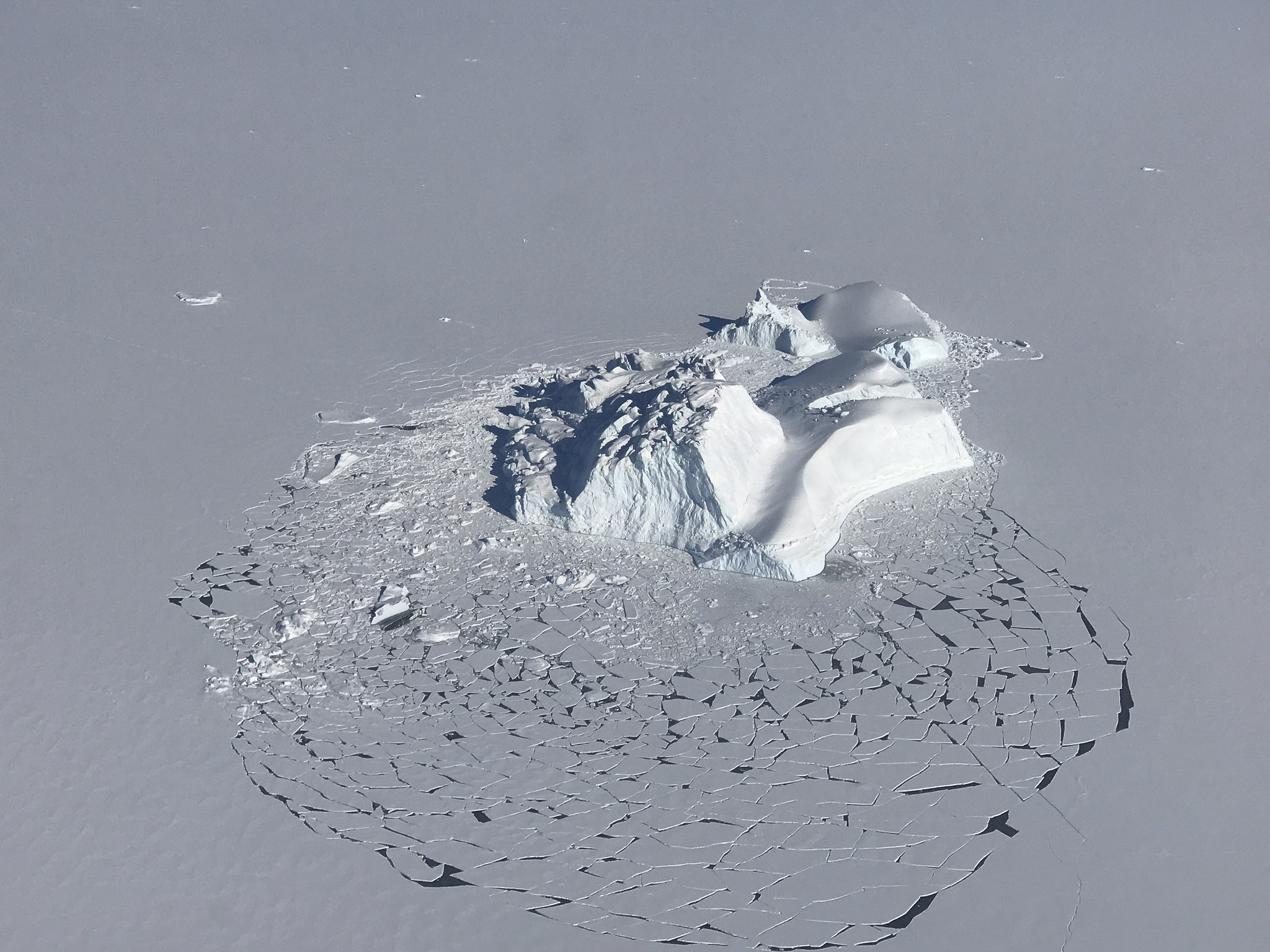Dramatic Arctic warming is locked in — even with emissions reductions, UN report warns
The report calls particular attention to the region's thawing permafrost, which holds about twice as much carbon as is currently in the atmosphere.

The Arctic will be 3 to 5 degrees Celsius warmer by mid-century and 5 to 9 degrees Celsius by 2080 — even if the world’s nations manage to cut emissions greenhouse gases to levels targeted in the 2013 Paris Agreement on climate change, says a new report released Wednesday by the United Nations Environment Programme.
The increase is “locked into the climate system by GHGs already emitted and ocean heat storage,” said the UN Environment report, titled “Global Linkages: A graphic look at the changing Arctic.”
Also locked in is the thaw of Arctic permafrost, which the report calls “a sleeping giant” because thaw feeds into the self-reinforcing warming cycle. The world’s frozen soils hold more than 1,500 billion metric tonnes of carbon, twice the amount of carbon that is currently in the atmosphere, so as those soils thaw, more carbon will be pumped into the air.
Even if the Paris emissions-reduction targets are met, 45 percent of the Arctic’s permafrost will be lost, adding to risks of erosion, structural damage in the north, loss of cultural artifacts and other problems as well as the added carbon in the atmosphere.
“The thawing trend appears irreversible,” the report says.
Impacts will reach far beyond the Arctic and its 4 million inhabitants, the report says. Arctic warming affects ocean circulation, climate and weather patterns and sea levels worldwide, the report says.
The report includes sections on ocean acidification, which is also more severe in the Arctic than in other parts of the world; the threat of short-lived air pollutants like methane and black carbon; impacts to biodiversity; and growing threats of invasive species and diseases spreading north.
The report does hold some good news: In many parts of the Arctic, people are less exposed to mercury and to several types of persistent organic pollutants than they were in the past. The UN report credits the 2001 Stockholm Convention and other international efforts that have phased out the used of many chemical contaminants that used to flood the Arctic on atmospheric and ocean currents.
“The decline in the concentrations of some contaminants highlights the importance of international cooperation and control measures to limit the emission of harmful chemicals like POPs,” the report says
But there are new forms of pollution in the Arctic, the report warns. That includes plastic debris, being discovered in increasing quantities in remote Arctic waters.
In most parts of the world, most plastic pollution in the seas is tied to activities on land — poorly managed waste that travels from cities through rivers, on wind currents or is dumped directly at shore rather than in the form of trash deposited at sea. In the Arctic, however, at-sea sources are dominant. While poor waste management in Arctic coastal communities is a “potential local source of plastic debris,” surveys of plastic found in Arctic waters and on the Arctic seafloor have found that debris associated with fishing is the most prevalent in the plastic loads.